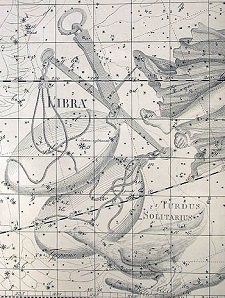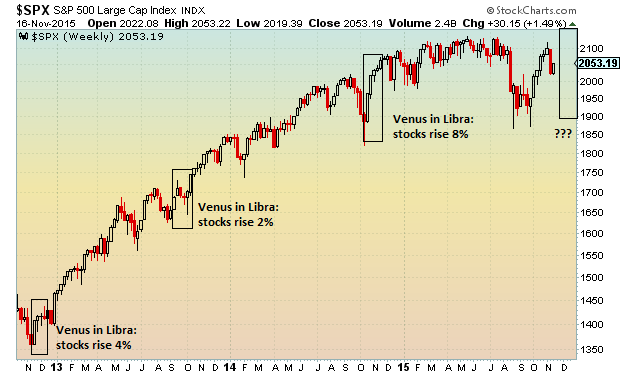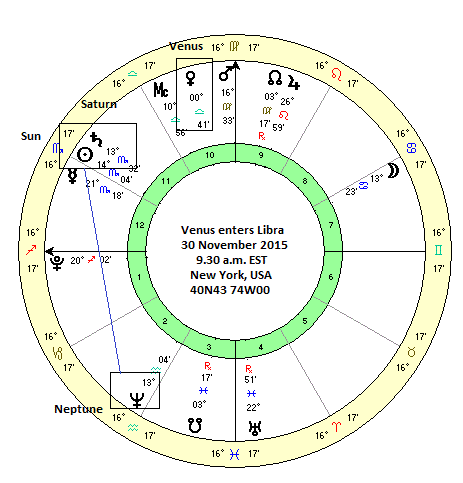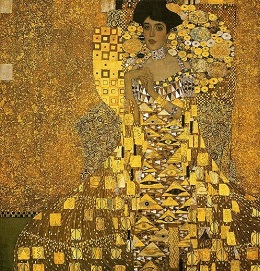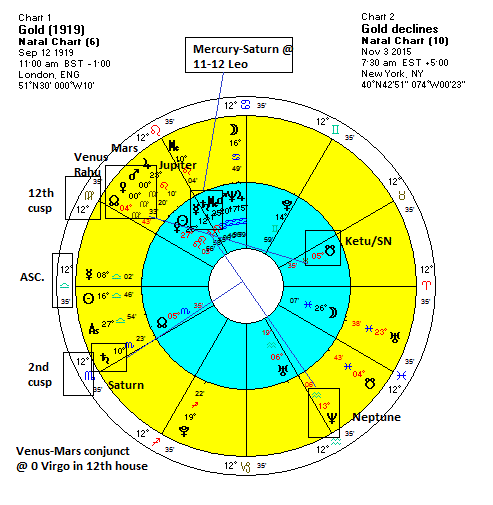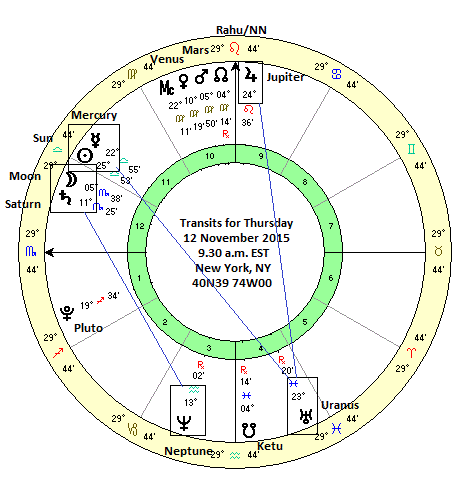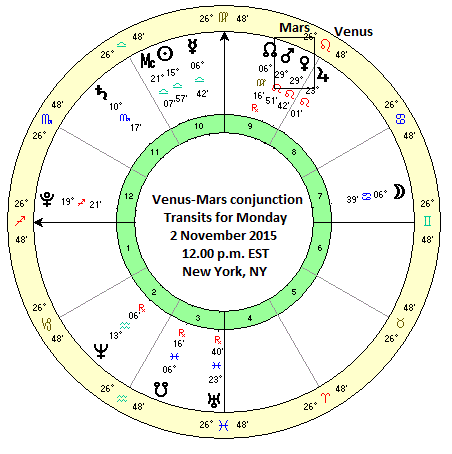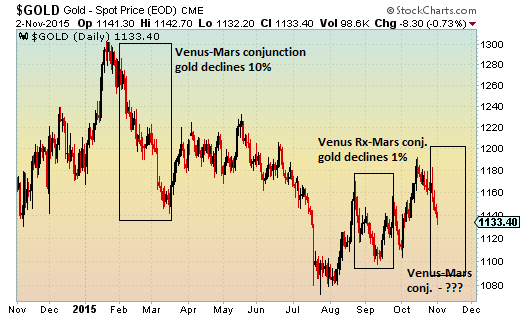 (30 November 2015) As we begin the month of December, investors are
anticipating the greater likelihood of improved stock market returns due
to the traditional Santa Claus rally. Research on seasonal variation
in returns has shown that December tends to outperform
most other months of the year in US markets. In particular, the week
between Christmas and New Year's tends to be most bullish as stocks have
posted an average gain of 1.5% in that short five-day period. Nobody
knows exactly why stocks tend to rise in December although several plausible theories have been suggested including holiday optimism, reduced trading volumes and year-end accounting and tax considerations.
(30 November 2015) As we begin the month of December, investors are
anticipating the greater likelihood of improved stock market returns due
to the traditional Santa Claus rally. Research on seasonal variation
in returns has shown that December tends to outperform
most other months of the year in US markets. In particular, the week
between Christmas and New Year's tends to be most bullish as stocks have
posted an average gain of 1.5% in that short five-day period. Nobody
knows exactly why stocks tend to rise in December although several plausible theories have been suggested including holiday optimism, reduced trading volumes and year-end accounting and tax considerations.I would also offer an astrological explanation for the relative buoyancy of stocks during December, particularly the second half. That is: the Sun transits through sidereal Sagittarius between December 15 and January 13 (+/- 1 day). The reason why the Sun's transit of Sagittarius should tend to be positive is that according to astrological tradition, Sagittarius is said to be "ruled" by the planet Jupiter. Jupiter is the quintessential bullish planet that symbolizes expansion, optimism and growth. When the Sun makes its 30-day transit through its sign, some of that optimistic Jupiter energy is more likely to manifest in the world. Naturally, this includes the stock market which is nothing if not an ongoing barometer of collective human sentiment.
And it is worth noting that this phenomenon is much less apparent in the Western tropical zodiac whereby the Sun transits tropical Sagittarius between November 22 and December 22. Instead, it is the sidereal zodiac that is widely used in India that seems to reflect this clearer symbolism of optimistic Jupiter-ruled Sagittarius.
| Year | Sun enters Sagittarius |
Sun exits Sagittarius |
% change |
| 2015-2016 | Dec 16 | Jan 14 | ??? |
| 2014-2015 | " | " | +1 |
| 2013-2014 | " | " | +3 |
| 2012-2013 | " | " | +4 |
| 2011-2012 | " | " | +6 |
| 2010-2011 | " | " | +4 |
| 2009-2010 | " | " | +3 |
From the table, we can see how US stocks rose in each of the past five transits of the Sun through Sagittarius. The gains are consistent and significantly large. To be sure, we have seen a bull market since 2009 so it stands to reason that most months or 30-day time periods would be positive. Without getting into highly technical statistical analysis, I would still suggest that the mid-Dec to mid-Jan gains still outpaces the annual averages. Interestingly, February returns are well below the monthly average and are actually negative. This also confirms astrological assumptions since the Sun transits through Saturn-ruled signs Capricorn and Aquarius during the month of February. Saturn, of course, is a bearish influence and is considered to be the planet of contraction, pessimism and negativity.
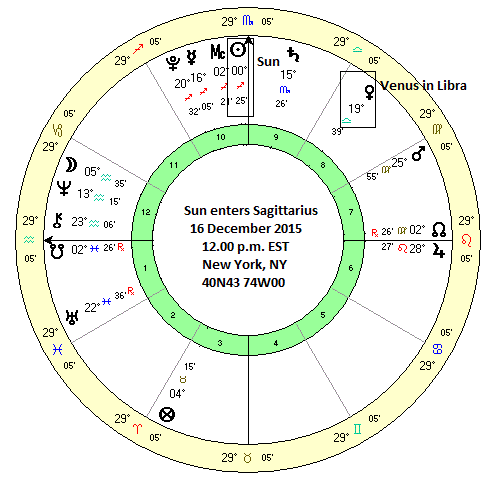
So what can we expect for this year's version of the Santa Claus rally in December? As I noted previously, the transit of Venus through Libra from today (Nov 30th) until Dec 24 is a more positive influence. Besides the transit effect of the Sun through Sagittarius beginning Dec 15th, the odds also favor some upside due to this Venus in Libra effect. After the 24th, however, it could be more difficult to stocks to rise. While the Sun will continue its transit in Sagittarius, the loss of the boost from Venus may cause some problems. Somehow I think the Santa Claus rally will not quite play out as expected this year. Perhaps if gains are significant enough before the 24th, then stocks may end up more neutral. We shall see.
Weekly Market Forecast
Stocks were generally mixed last week as fears over a slowing economy were offset somewhat by the acceptance of a December interest rate hike by the Federal Reserve. US stocks were mostly flat while European and Indian markets posted a modest gains. As expected, the month of November ended modestly lower which was in keeping with the bearish influence of the Venus transit of Virgo. This year's decline makes it six consecutive negative outcomes for the four-week transit of Venus in Virgo since 2009. The low actually occurred in the middle of the month and we have seen a rebound higher since then.
This week will be an opportunity to see the effects of the sign change of transiting Venus. Its entry into Libra today (Nov 30th) increases the likelihood of gains somewhat although it is not as robust a correlation as the Venus in Virgo transit. Nonetheless, this week leans bullish in any event given the late week Mercury-Jupiter alignment. If there is a negative day here, Wednesday could be more susceptible to declines in the US, while Tuesday looks somewhat problematic for India.
